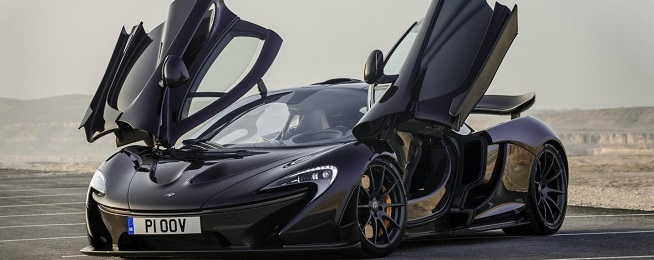Police have charged a journalist following a crash four months ago that seriously injured a bike rider on a popular riding route.
Amelia Hungerford, 28, who writes for Signature Luxury Travel magazine, faces charges of dangerous driving occasioning grievous bodily harm – drive manner dangerous, negligent driving (occasions grievous bodily harm), cause bodily harm by misconduct in charge of motor vehicle, and negligent driving (no death or grievous bodily harm). See NSW Police media.
The crash occurred in Ku-ring-gai Chase National Park on Sydney’s upper north shore, while Hungerford was driving a McLaren supercar, which can be worth over $400,000.
The rider, a man in his 50s, suffered serious facial and leg injuries.
She is due to appear at Manly Local Court Wednesday 24 October 2018.
Ms Hungerford’s fate is a matter for the courts. Of course, given she has been charged, we make no comment on the manner she was driving or the circumstances of that particular crash.
However, the incident does raise a separate issue: companies and groups organising events for high speed vehicles on mountain roads that are popular with bike riders.
McLaren boasts that its cars are among the fastest in the world. Reviews describe them as virtually race cars that can be registered for the roads.
In Sydney, the company organises test drives where journalists are taken to sites such as the twisty roads in Ku-ring-gai Chase National Park to generate publicity for the McLaren brand.
According to reports from those that have taken part, the area is chosen because it is “secluded”.
We guess there could be a reason why McLaren wants these activities to be hidden away from prying eyes.
Reports of these tests speak of timing the vehicles for measuring acceleration, activities that should only be undertaken on closed roads or a racing track.
It is clear from these published reports that during some tests the vehicles have been driven very fast on public roads. Fast enough for the spoilers to automatically deploy during high speed braking.
This could have been on sharp corners where a bunch of cyclists could be around the blind corner.
And yes, some of those testing the cars seem to be well aware of the presence of those on bikes, from the disparaging comments they make about bike riders in print.
The question has to be asked about why corporations and other groups organise activities that involve risky behaviours that could threaten the life and welfare of those of us that choose to ride bikes?
Testing the fastest cars in the world on public roads does not suggest responsible management of risk.
Maybe one day the company—not just the drivers—will end up in the courtroom.


